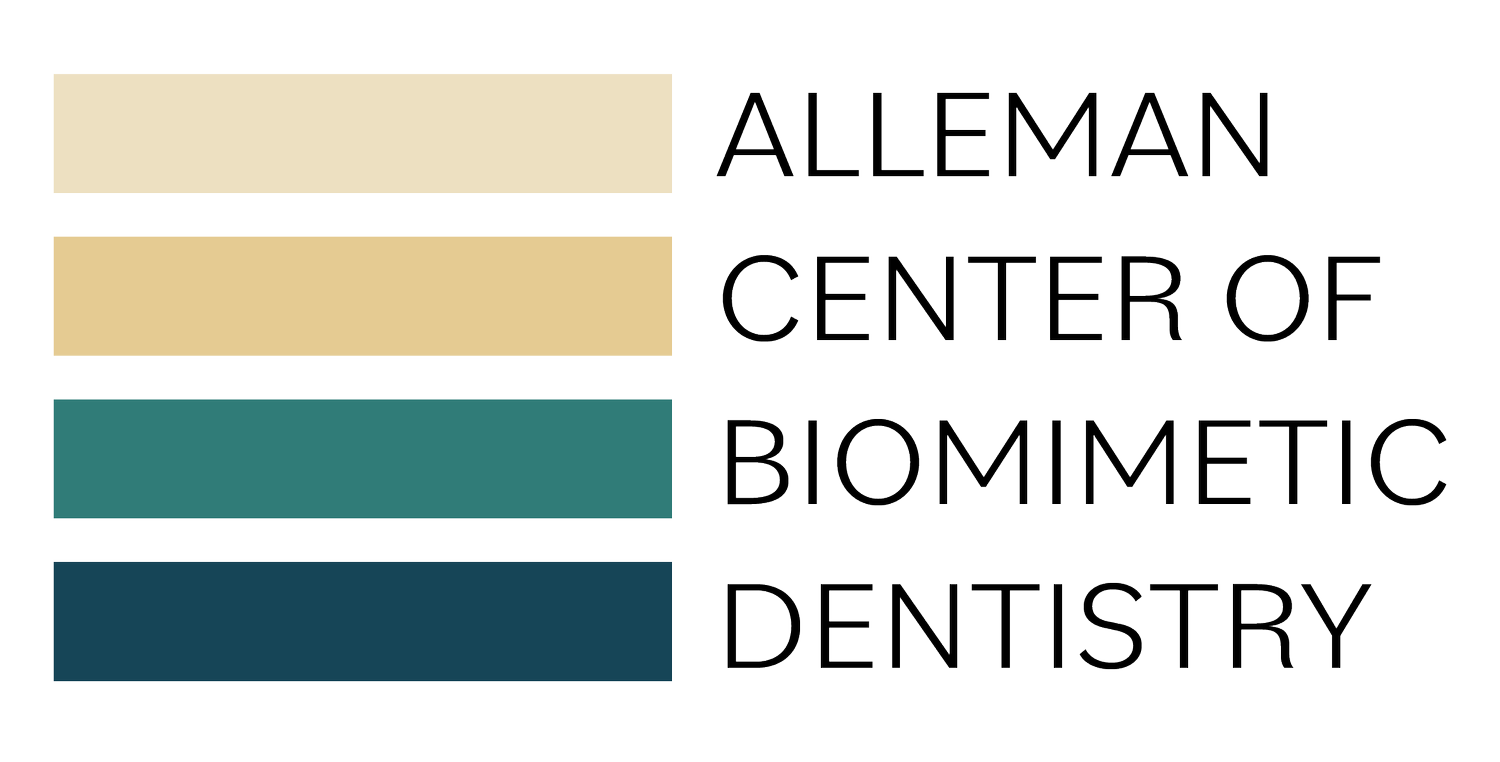Benefits of Air Abrasion for Restorative Dentistry
Air particle abrasion, also called air abrasion, is a tool used by a range of industries from manufacturing to dentistry. Particles are blown at high speed to clean, remove layers of material and roughen surfaces, among other uses. This tool has been in use since the 1950s and has been studied in recent decades for its benefits to bond strength with the development of adhesive dentistry (Sattabanasuk V, et al. Resin adhesion to caries-affected dentine after different removal methods. Australian Dental Journal. 2006;51(2) 162-169).
Using air particle abrasion helps prepare the dentin while creating the biobase, as seen in this case by Dr. Davey Alleman, DMD.
How is air abrasion used in dentistry?
Air abrasion uses aluminum oxide particles to gently refine the surface of natural and artificial dental materials. This tool has two main functions as part of restorative dentistry:
Minimally invasive treatment: Air particle abrasion allows for finer removal of hard tissue, which can conserve tooth structure during caries and crack treatment. When a bur may remove too much of the remaining tissue around the pathology, air abrasion will remove small defects while preserving healthy tooth structure.
Dentin and enamel replacement preparation: The fine particles of air abrasion are also used to prepare surfaces for bonding. When using a self-etch dental bonding agent, air abrading the surface before bonding increases the bond strength to dentin by over 40%. Air abrasion removes, thins and compacts the smear layer, allowing the dental bonding agent to interact with sound dentin rather than the hydroxyapatite and whitlockite that is brought to the surface of exposed dentin tubules.
When using composite onlays for enamel replacement, air abrading the intaglio surface will increase bond strength between the biobase (dentin replacement) and the composite in the enamel replacement.
Air abrasion is used to remove the remainder of this horizontal crack in this case by Dr. Davey Alleman, DMD.
Smear layer in restorative dentistry
The smear layer is a layer of hydroxyapatite and whitlockite that is brought to the surface of exposed dentin through dentin tubules and the pulpal fluid they exude. If the smear layer is not removed before the dental bonding agents are placed, the bond will form to the smear layer, rather than the dentin, resulting in a weaker bond. While the smear layer is part of a tooth’s natural defenses, it must be removed to achieve a bond that will seal out bacteria and stay bonded long-term.
These slides from the Biomimetic Mastership show how air abrasion compacts the smear layer to improve dentin bonding.
An air particle abrasion unit is an essential tool for doctors seeking the strongest, longest-lasting bonds to dentin. Air abrasion units give greater control than burs in instances of surface preparation and minimally invasive treatments. Learn more about how air abrasion is incorporated in restorative dental workflows at Alleman Center dentistry continuing education programs.
Learn more about air abrasion in this Six Lessons Approach Podcast episode.




